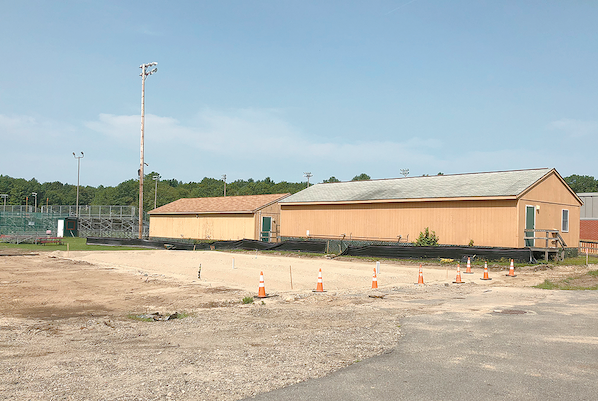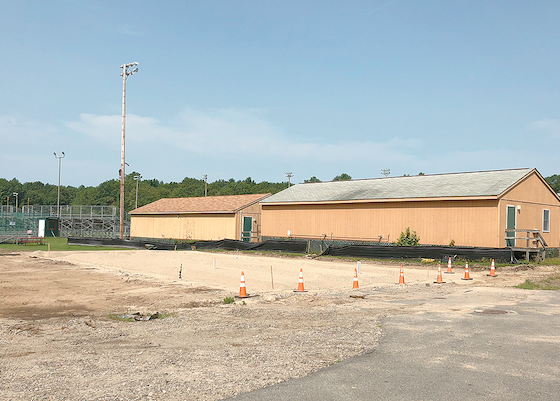Responding to Gorham’s rapid residential growth and specifically to several developments proposed on property off South Street, homeowners in the area have formed a citizen’s group, Gorham Residents for Responsible Growth (GRRG).
According to spokesperson Ingrid Semle, the group’s “main goal is trying to bring awareness to issues within our town and build collaborative relationships with other interested groups and stakeholders.” GRRG “is hoping to achieve some form of limitation on building permits and suspension of high density growth until the pressure on our constrained resources eases,” she said.
The group is on Facebook and has attracted more than 200 followers. They are contacting representatives of local government and speaking out at public meetings. Allyson Lowell, representing the GRRG, spoke before the August Planning Board meeting in opposition to a 121-lot subdivision proposed by Chase Custom Homes that is still in the pre-application phase. Appearing before the Town Council on August 7, she argued for a six-month moratorium on residential growth.

Due to increased enrollment at the schools, work is underway to make space for the addition of another portable at Gorham High School (GHS). Although GHS had Planning Board approval for parking expansion, it was not funded during the final School budget negotiations as priority was given to accommodating extra students.
The group’s concerns focus on quality education in the face of elementary schools now nearing or exceeding capacity, increased taxes for schools and municipal services, and traffic, particularly on South Street.
Several proposals being discussed for residential development, including the Chase project, are in a part of South Gorham that was designated a growth area when the town’s Comprehensive Plan was first written over 25 years ago, according to Ben Hartwell, Town Council chairman. While affirming the Council’s commitment to finding ways of addressing problems created by growth, he said, “Any zoning changes must be consistent with the Comprehensive Plan. Making substantial changes is a lengthy process and needs to go before the voters for approval.” When the plan was updated in 2016, “the process included a committee of citizens and provided multiple opportunities for public input.”
The Town Council is looking at a number of measures to manage growth, including ways to keep land from being developed through the use of conservation easements, and transfer overlays that require developers to pay for greater density with funds that would be used to retain open spaces. Changes in lot size requirements in rural areas are also under discussion.
Although other towns have enacted building moratoriums, Hartwell cautioned that a moratorium on residential growth would need to be town-wide, not just for a specific area and, he added, “could raise house prices that would put the town out of affordable housing.”


